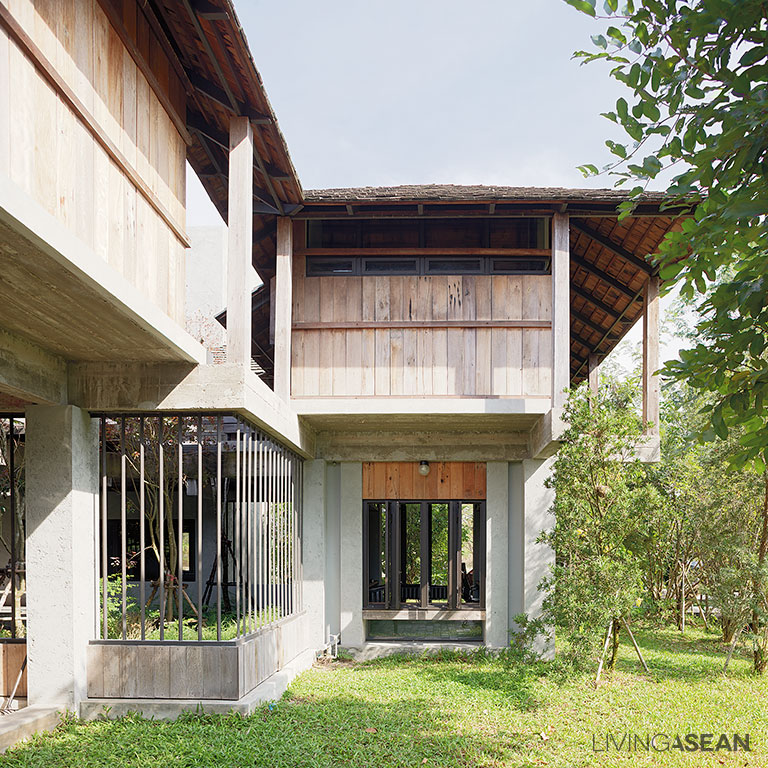When it comes to home building, some people wonder if it is better to use wood instead of concrete as the main material or at the very least, framing. The former is cheaper and has more variety in designs than the latter. Both materials harbor benefits that are excellent in their own right.
Whichever one is better than the other, the decision is up to the client’s wants and needs. Whether they want their homes to be more concrete than wood or the other way around, they should consult their wishes with a professional. They should be aware of these materials’ features and drawbacks by heart.
Concrete Homes – Security and durability
Concrete is straightforward when it comes to showing off its stately characteristics. It is a low-maintenance material with a strong resistance to the elements. In addition, concrete can also absorb and retain heat, giving the homeowner unique temperature-based advantages that are sure to be useful in today’s work-from-home arrangement.
With all these advantages, it should not come as a surprise that the material is not very cheap, at least to the average client. Meanwhile, plumbing or repair jobs can be a hassle, especially if the system is integrated into the concrete. Part of the home will have to be broken down and filled in again, which is time-consuming for all parties involved.

Concrete house project. Read more about it at myphilippinelife.com (includes construction timeline)
On the construction side of things, concrete production is criticized internationally for being a known contributor to C02 emissions. Some have defended the material by stating that concrete contributes to structural longevity, meaning construction waste lessens because of its popularity.
Wood/Timber Homes – Design and stability
Wood is a sustainable building material that is generally inexpensive and lightweight. It is easy to work with and has more detail going for it compared to concrete. There are numerous kinds of wood material available in the market, with prices going from affordable to exorbitant. Rarer, more expensive wood types are often sought after for their beauty and durability, but some are difficult to obtain due to their rarity. In fact,some of these rare wood types are classified as endangered resources.
While wood has long been relied on for general construction projects, its vulnerabilities are glaring and sometimes unavoidable. The material is extremely susceptible to natural disasters; fire can ruin it, insects can chew through it, and moisture can put a homeowner’s health in grave danger. Unlike concrete, wood needs regular maintenance to prevent such accidents from happening.

A wood-concrete hybrid. Photo and home details courtesy of LivingAsean
Reliable in their own right
Concrete, in spite of its simplicity, is favored due to its long-term reliability. Although more expensive than wood, its advantages are undeniable. Wood, on the other hand, is often associated with being a home design choice or a secondary support material for the structure. It is durable, but against concrete, it is the weaker material.
Most houses in the Philippines use a combination of both, usually with concrete blocks and wooden frames. Just note that these homes are still still susceptible to fast-spreading fires, so always practice safety even if 75% of your house is comprised of concrete. If you have money to spare, try going for a hybrid house design, just as a modern alternative to the more popular modern concrete homes.
![]()










